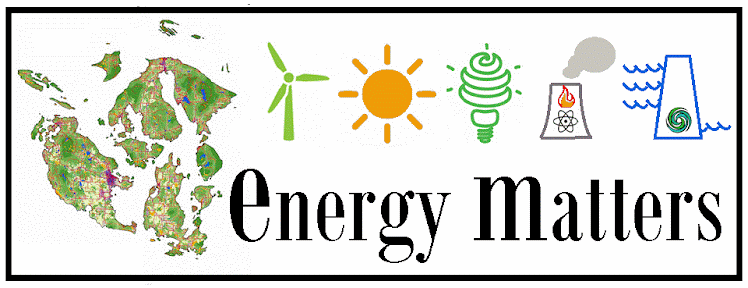It wasn't long ago that the business model that made sense for our cooperative power utility, OPALCO, was to sell as much electricity as possible. The wires and transformers that deliver the electricity cost about the same regardless of whether you're consuming 5 or 500 units (kWh) a month. Utilities like OPALCO have high fixed costs (wires, transformers, etc.) and the more electricity they sold, the more these fixed costs could be spread out, leading to lower rates.
Inexpensive electricity was made possible by an abundance of federally-funded hydropower dams, built mostly by the Bonneville Power Administration (BPA) starting in the 1930s. Fortunately, (if you're a rate payer) or not (if you're a salmon), these dams aren't going away soon. But nobody is building any more big dams here either. The Columbia River is now a staircase of 14 dams. There just aren't any more big untapped rivers.
Over the years, electricity consumption has been growing and electricity surpluses the region once had are now gone. BPA's response has been to tell utilities like OPALCO something like, "Listen -- we've got a problem of limited supply here. Starting in 2011, if your power consumption grows, that additional power will have to be purchased on the open market." This new power is called "Tier 2". "Tier 1" is the inexpensive legacy hydropower.
There are few certainties in the electricity sector these days, but here's one: Tier 2 power is going to be more expensive. OPALCO currently buys Tier 1 BPA power for around 3 cents per kWh. No one knows for sure, but folks in the industry are saying that Tier 2 is likely to be at least twice as much.
Ouch. That turns the old business model on its head. More sales no longer means lower rates. On the contrary, the way to keep rates down now is to try to keep our power growth to zero so OPALCO won't have to buy any of that expensive Tier 2 stuff.
Crisis and Opportunity
It might seem like there's a crisis on the horizon. But there's a popular saying that the Chinese character for 'crisis' is composed of characters for 'danger' and 'opportunity'. Investing in energy efficiency (getting the same warm houses, cold beer for less energy input) is a lot cheaper than building new power plants and fueling them for 30 years. Here in the San Juans we use the bulk of our electricity for heat -- water and space heating, cooking, drying clothes. Heating takes a surprising amount of electricity -- an electric water heater takes over 100 times more electricity than a laptop. Heating a building takes even more. We can slash our electric bills by weatherizing our homes, using clothes lines, and investing in efficient appliances.
The good news is that saving energy saves money in two ways. If you implement energy conservation in your own home or business, your bills will be lower -- because you purchase less power. You also help keep the rates low for all OPALCO members.
Energy conservation is clearly a win-win for all -- AND there is money available through OPALCO and federal tax credits to help. To get started, contact OPALCO about an energy audit at 376-3571, or explore OPALCO's webpage: http://www.opalco.com/energy-efficiency. We'll investigate these and other ways we can shape our collective energy futures in upcoming Energy Matters articles. See you again next month!
(Written by Chris Greacen and Lopez Island Energy Taskforce, this article first appeared in Island Weekly in June.)

No comments:
Post a Comment